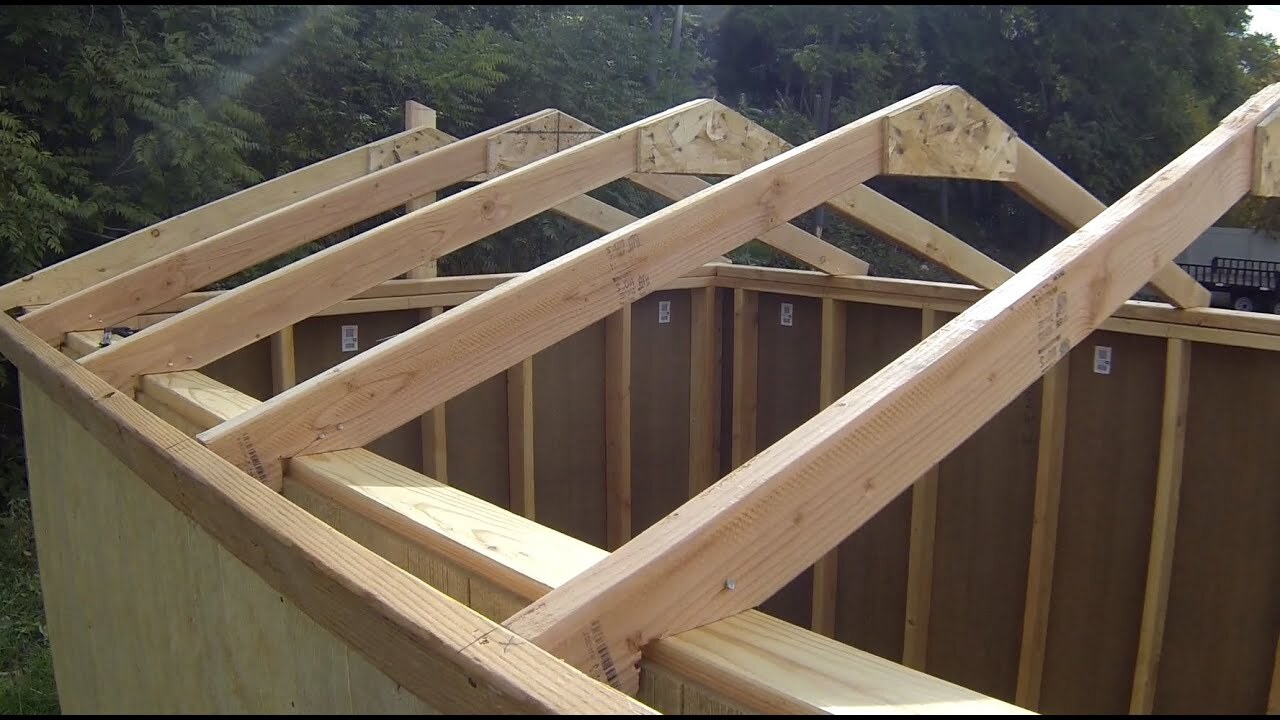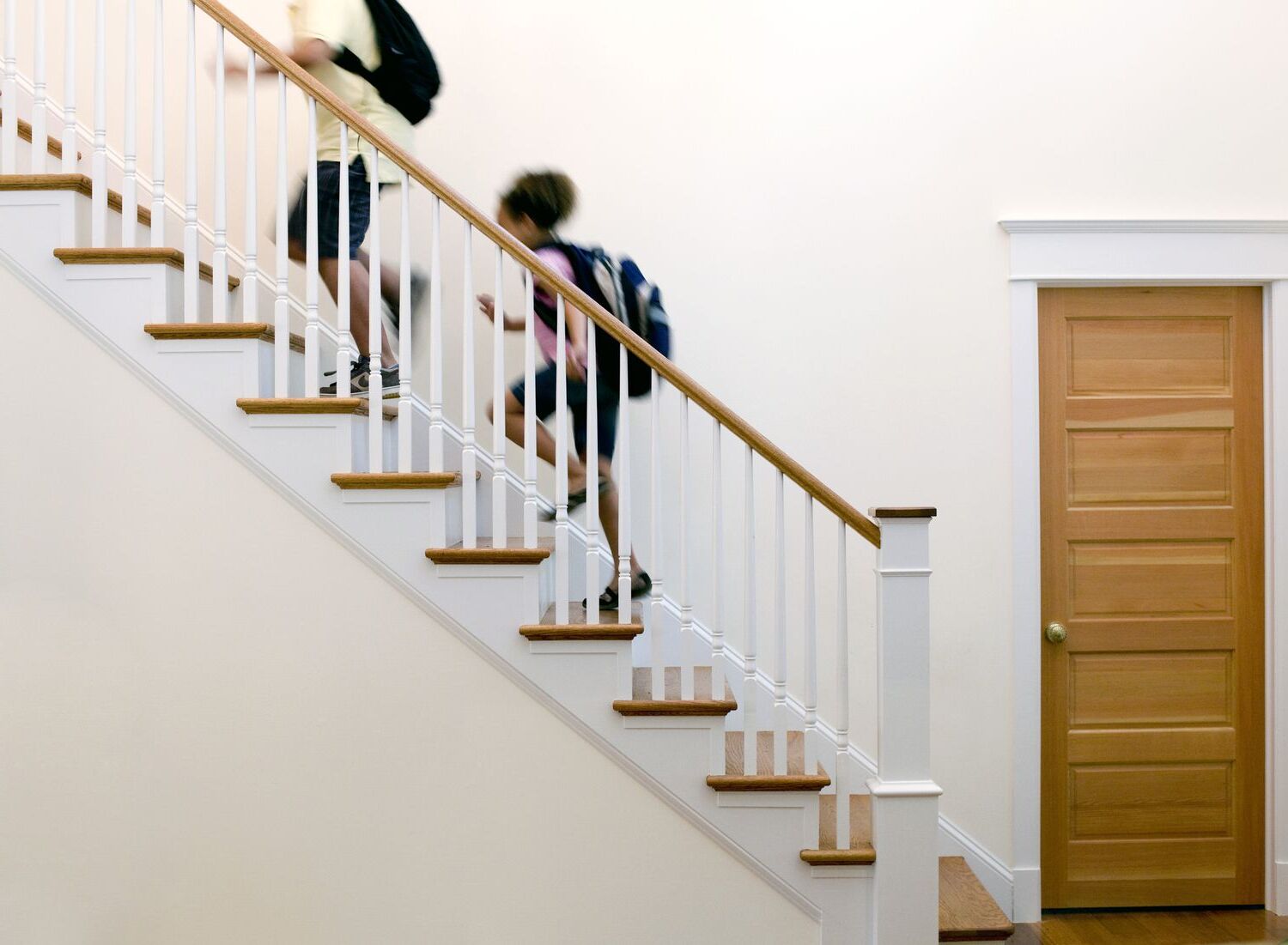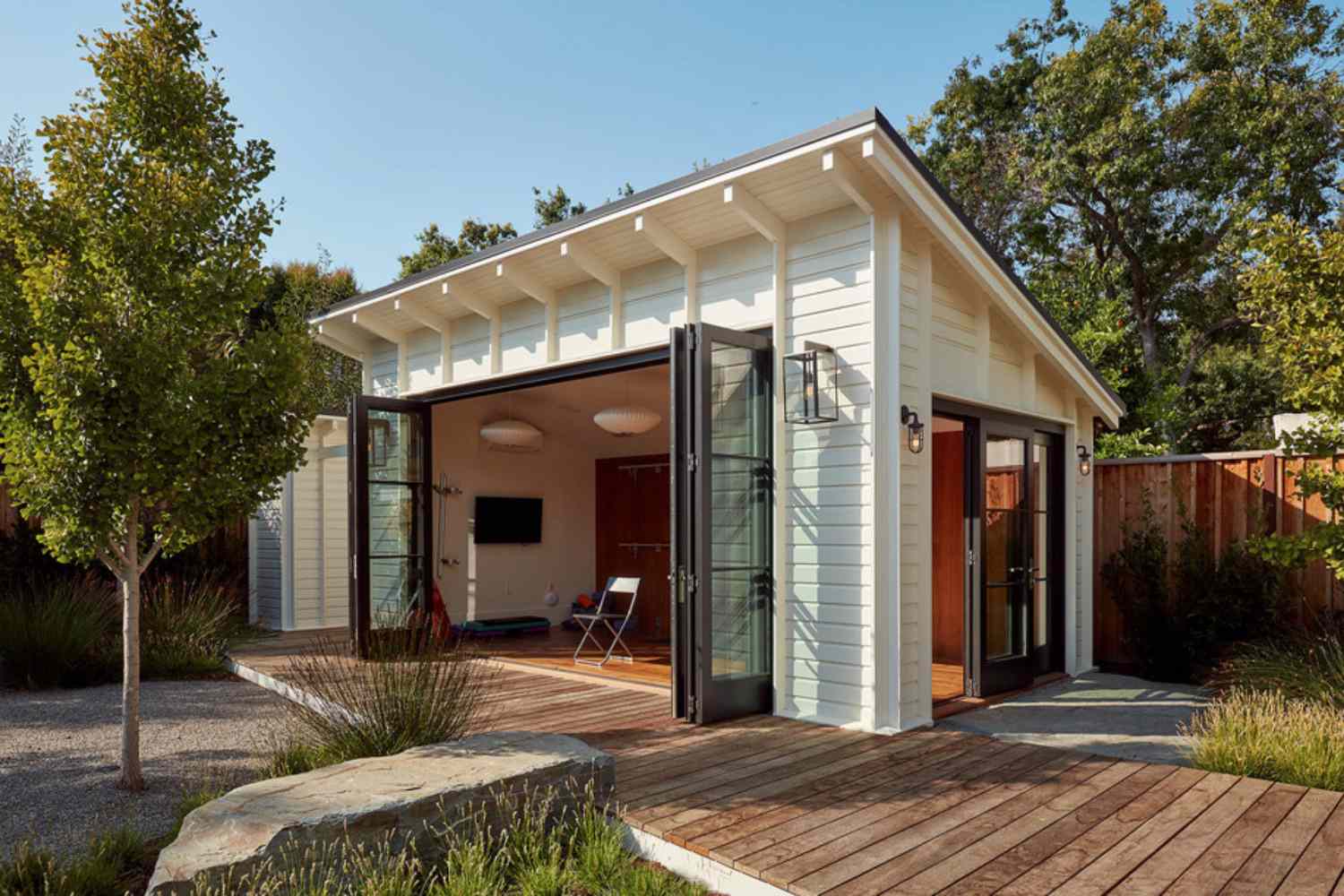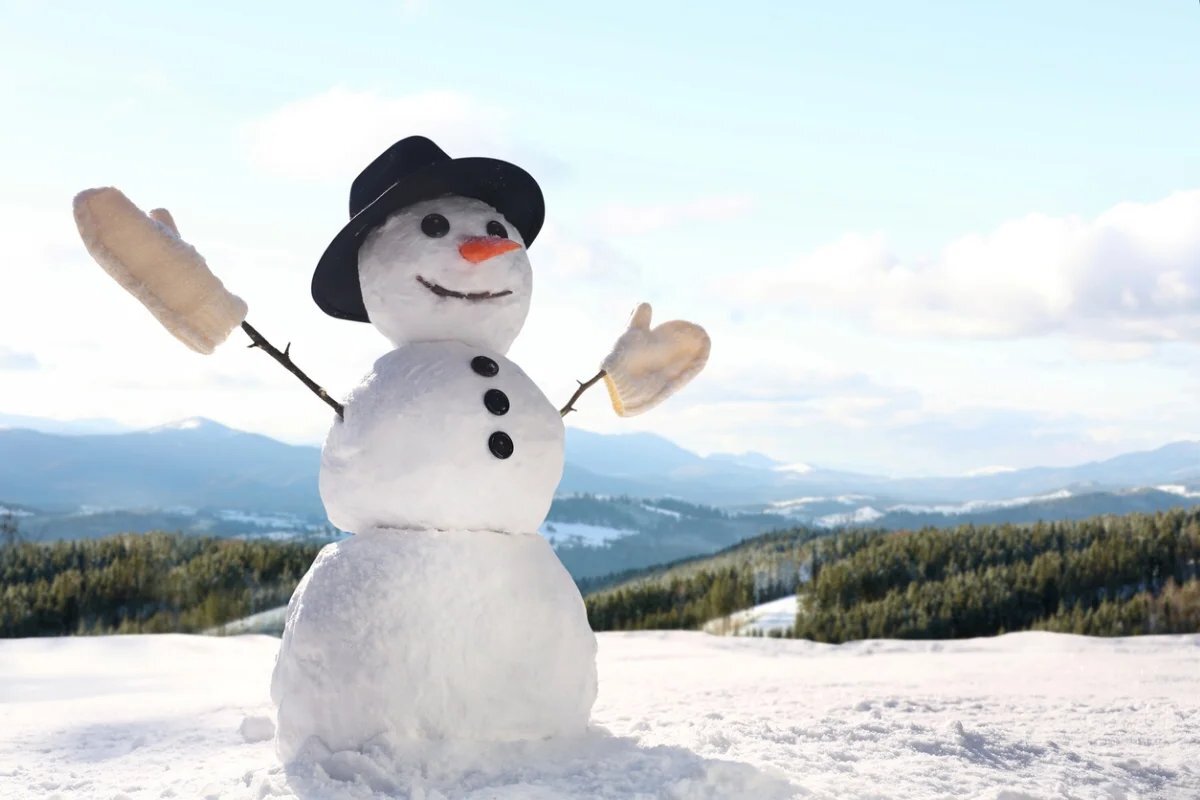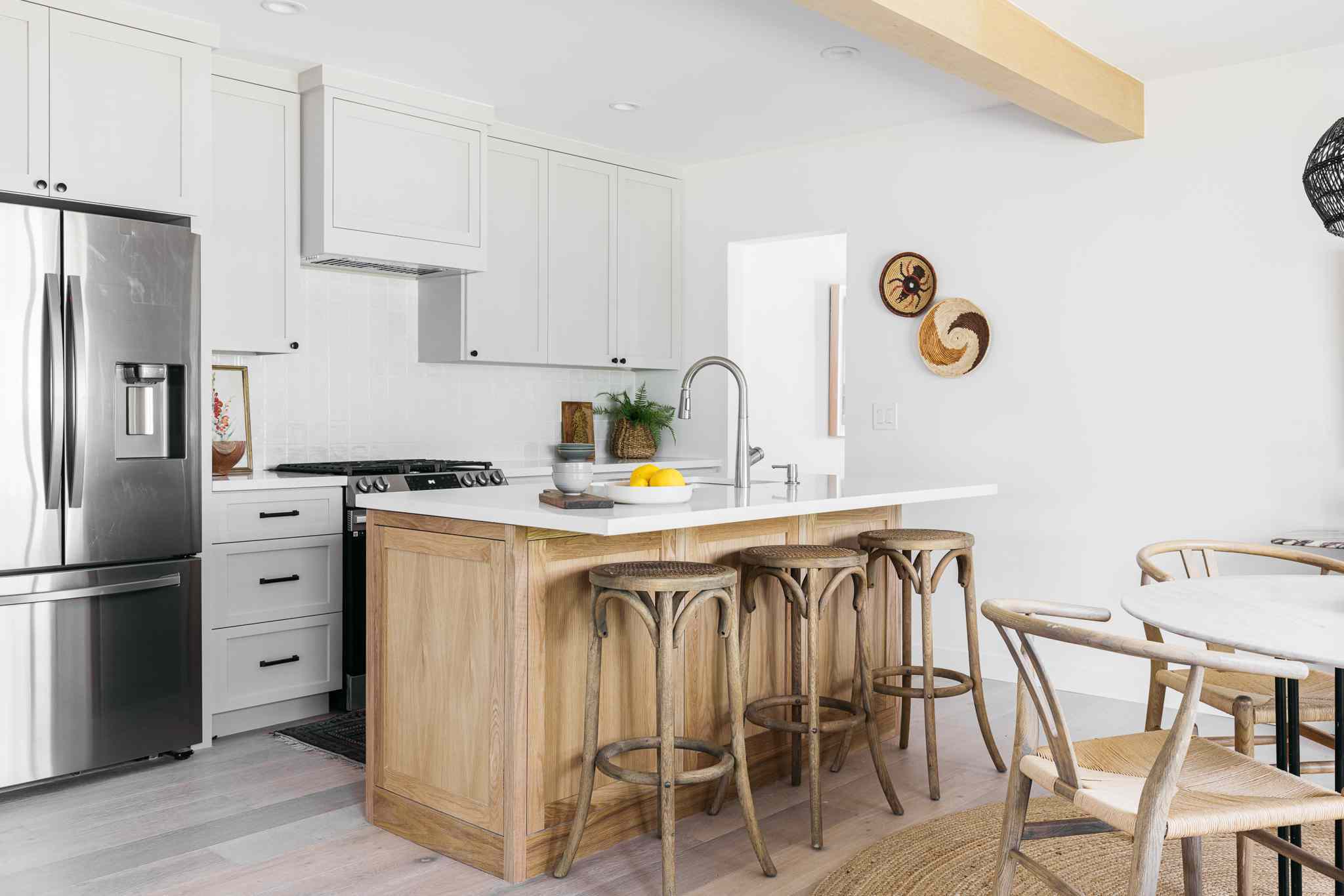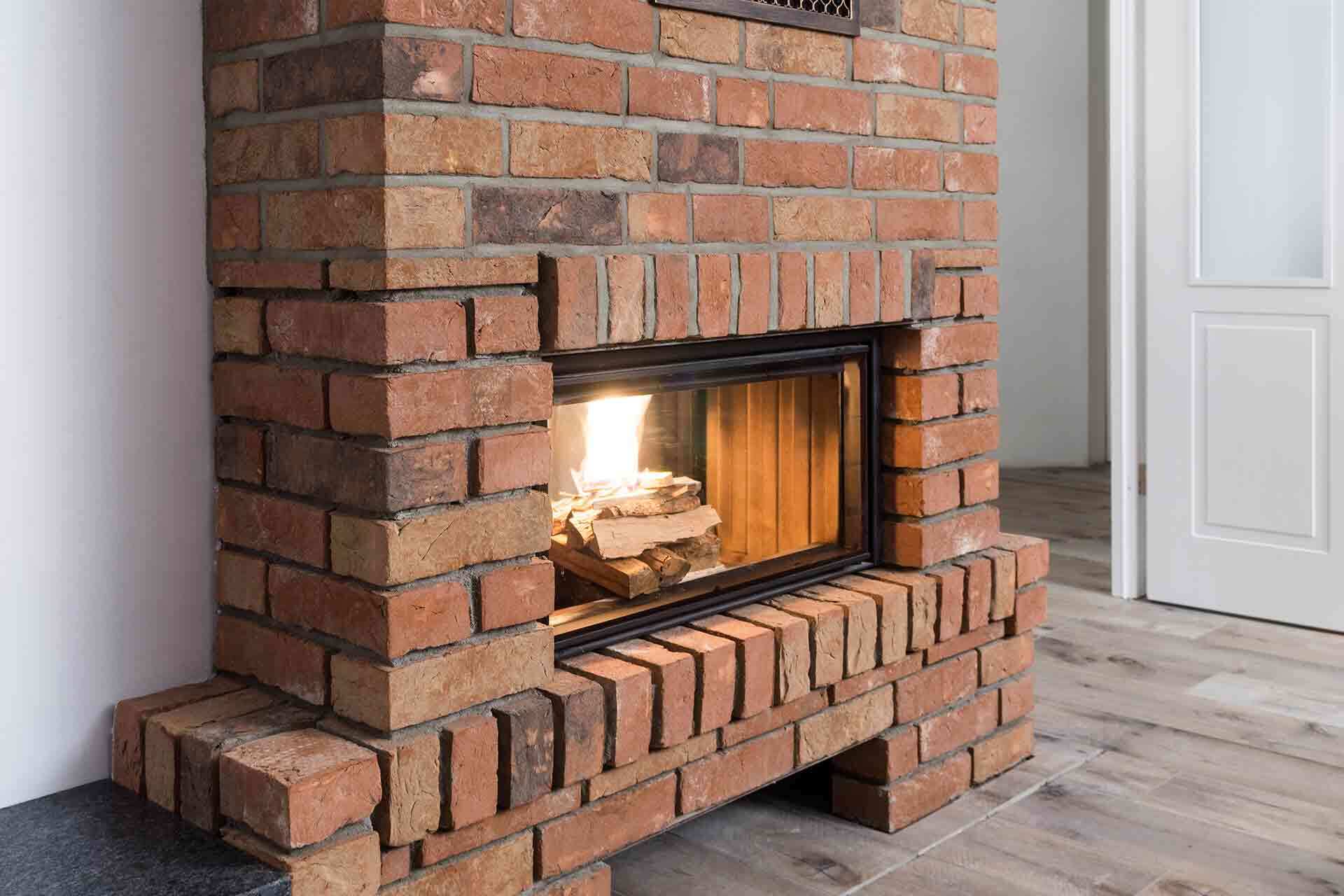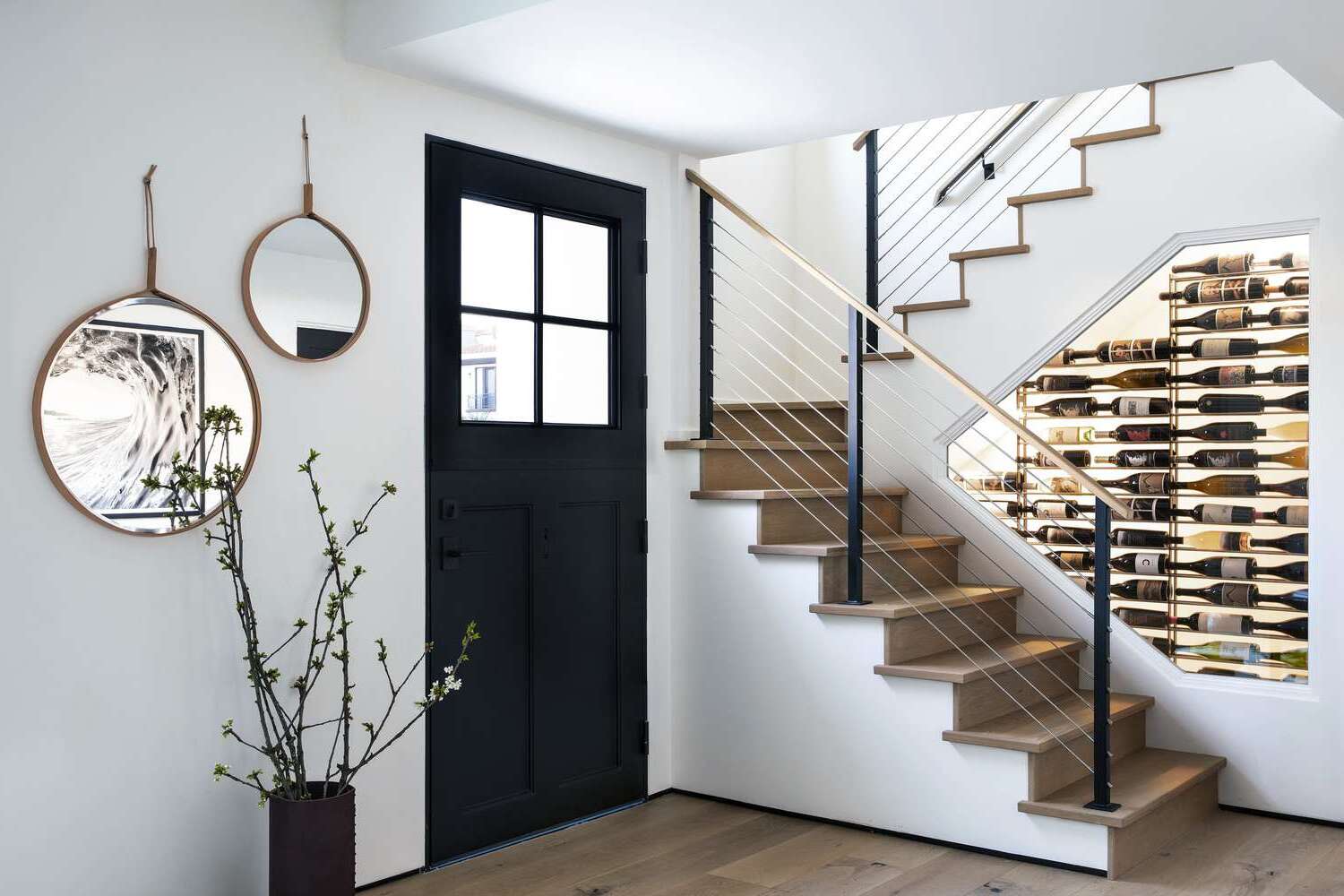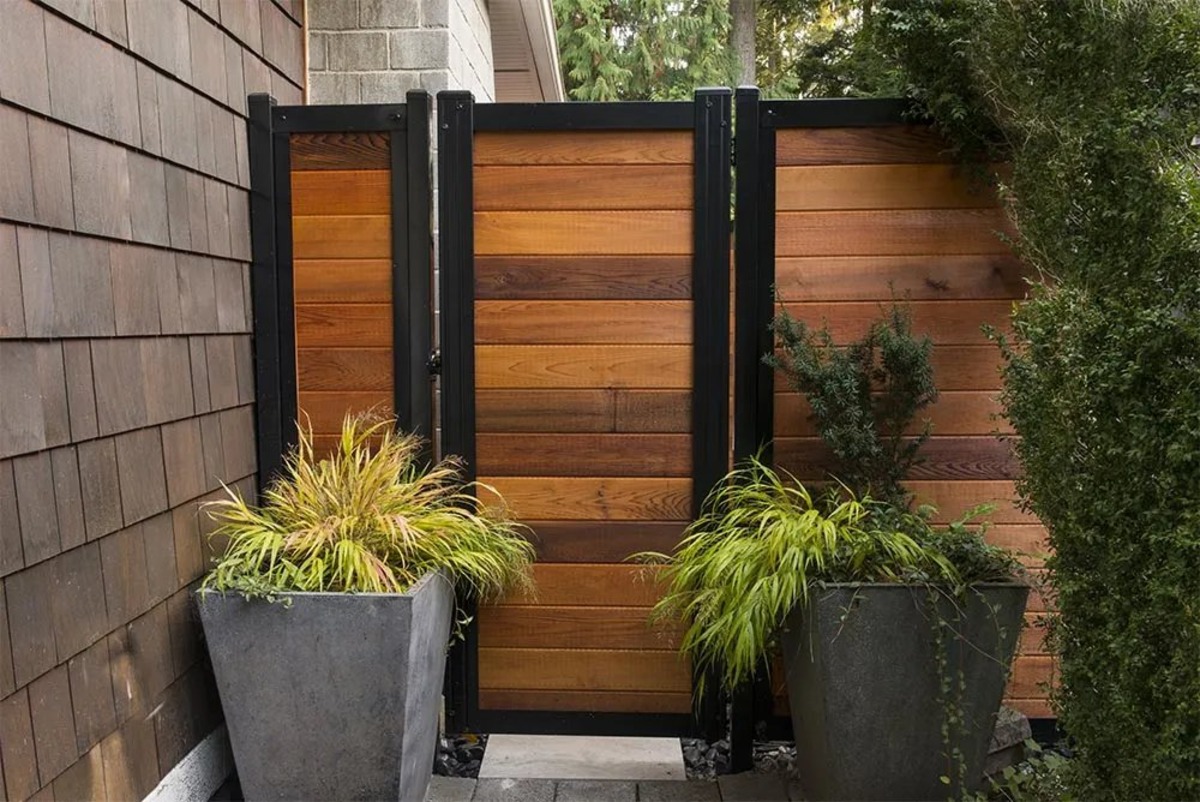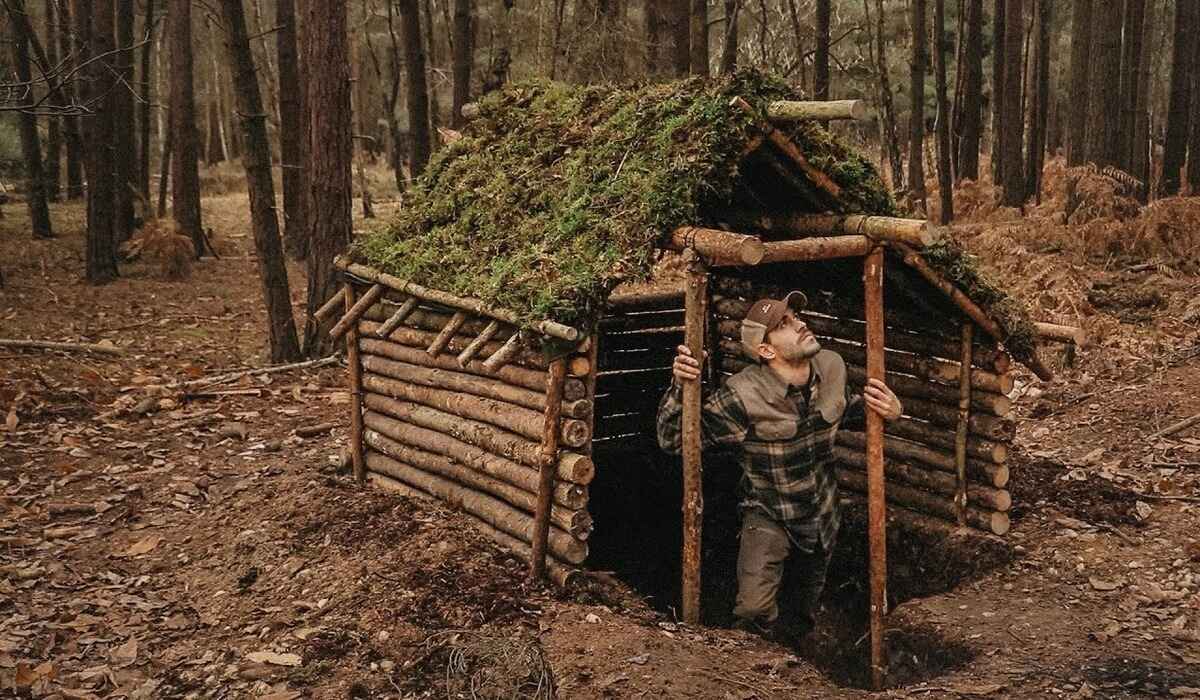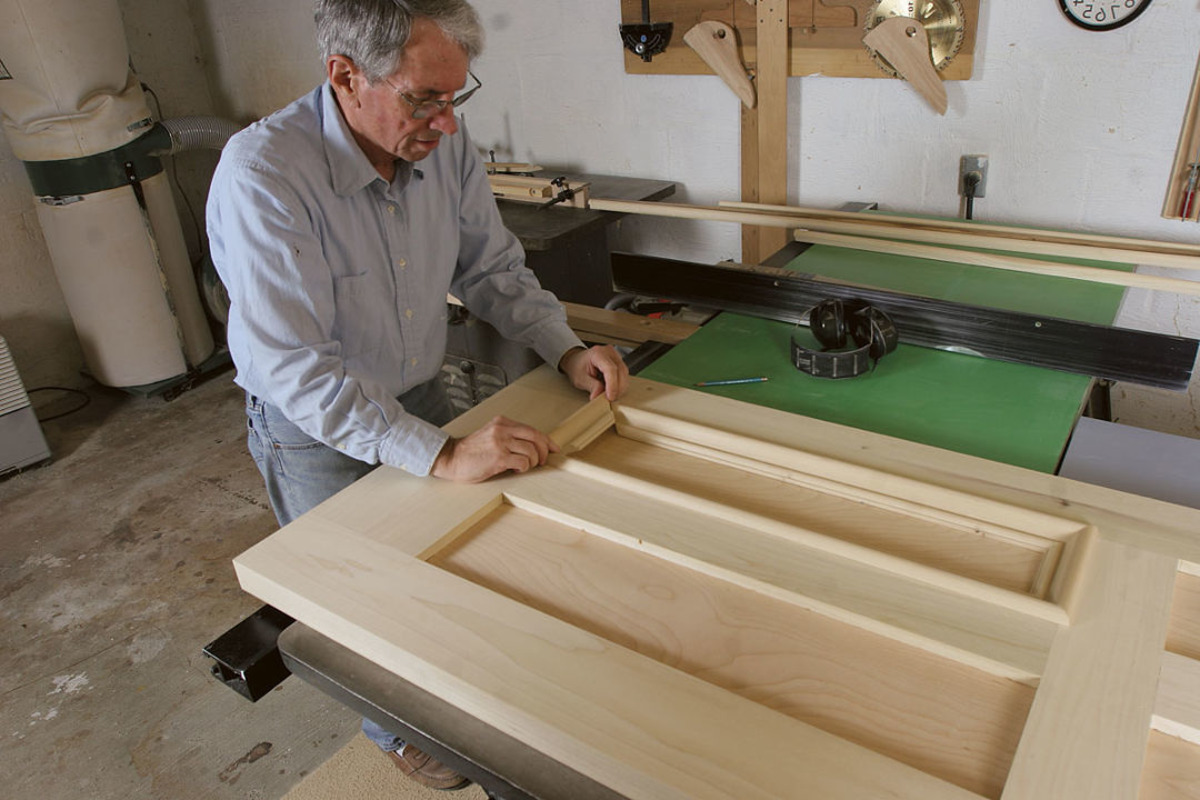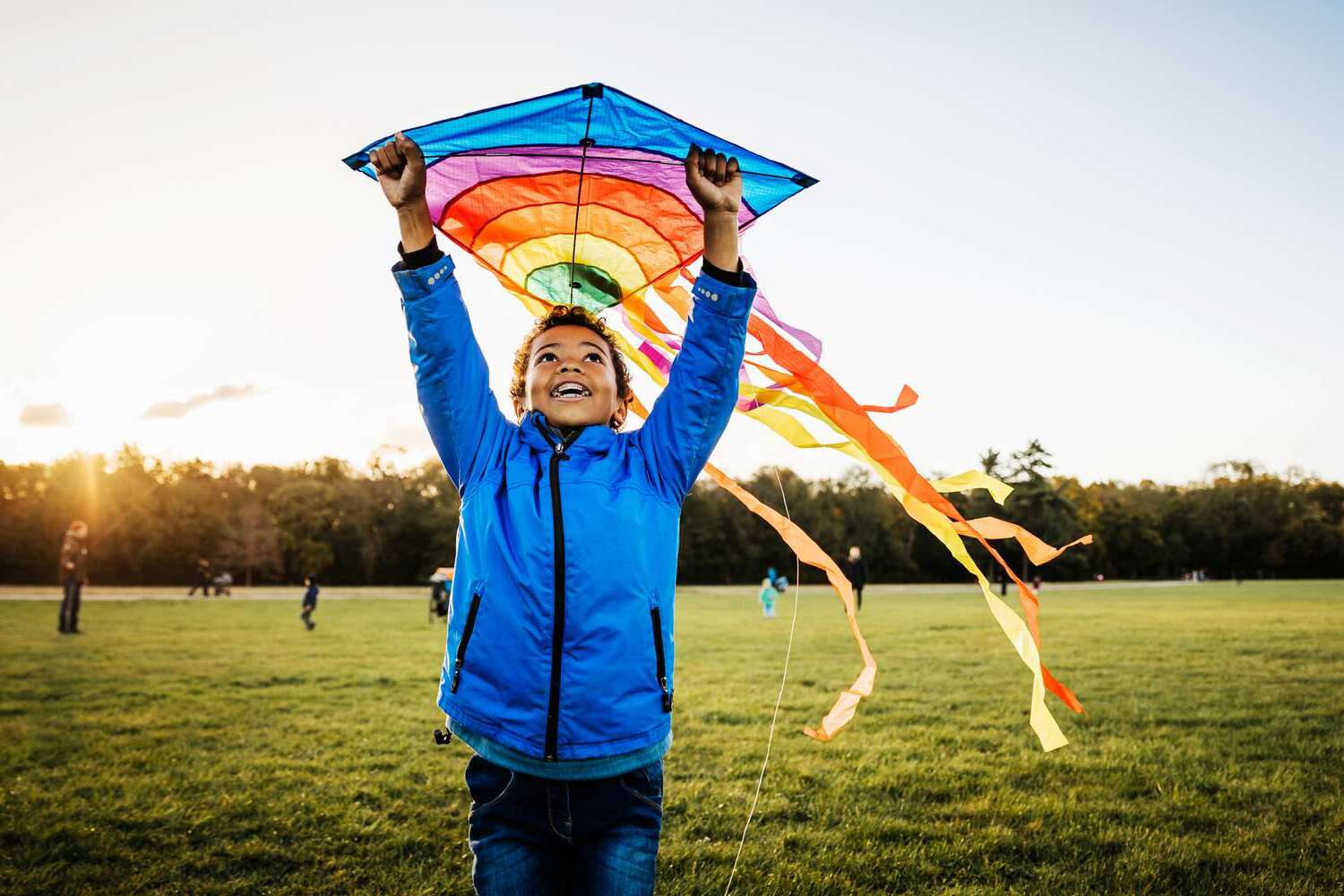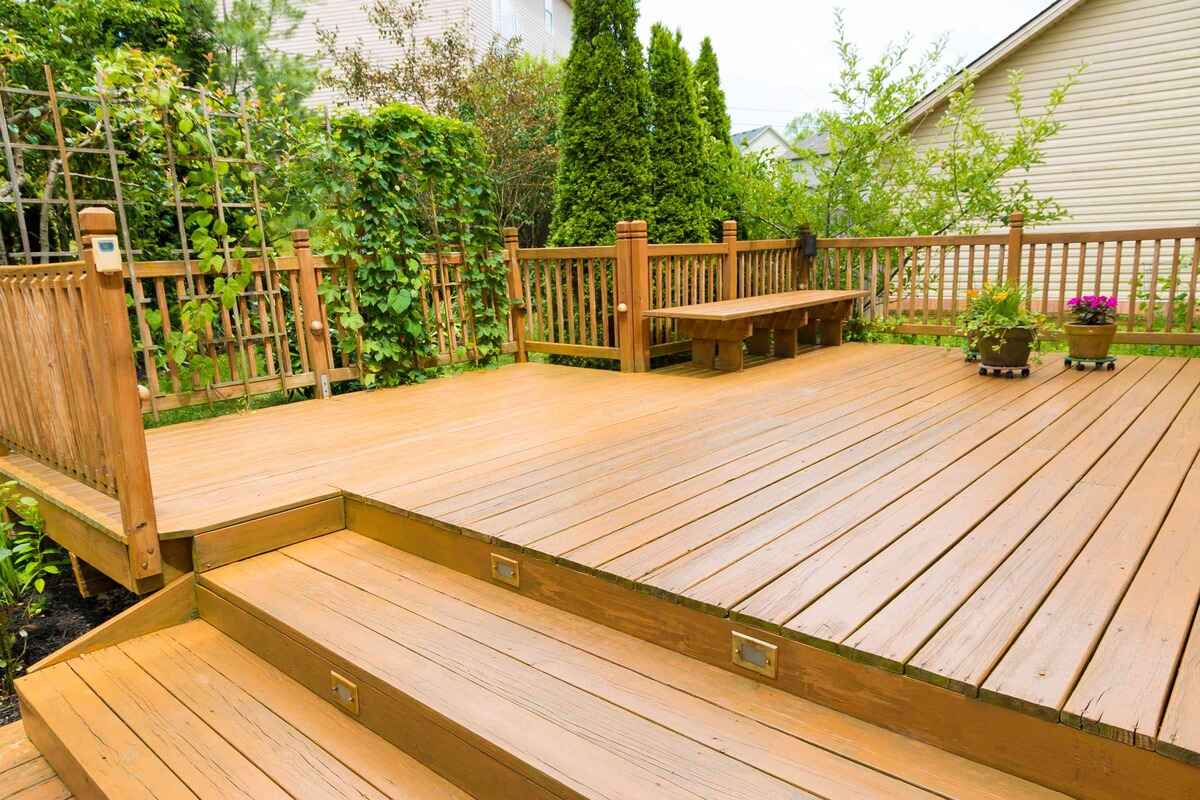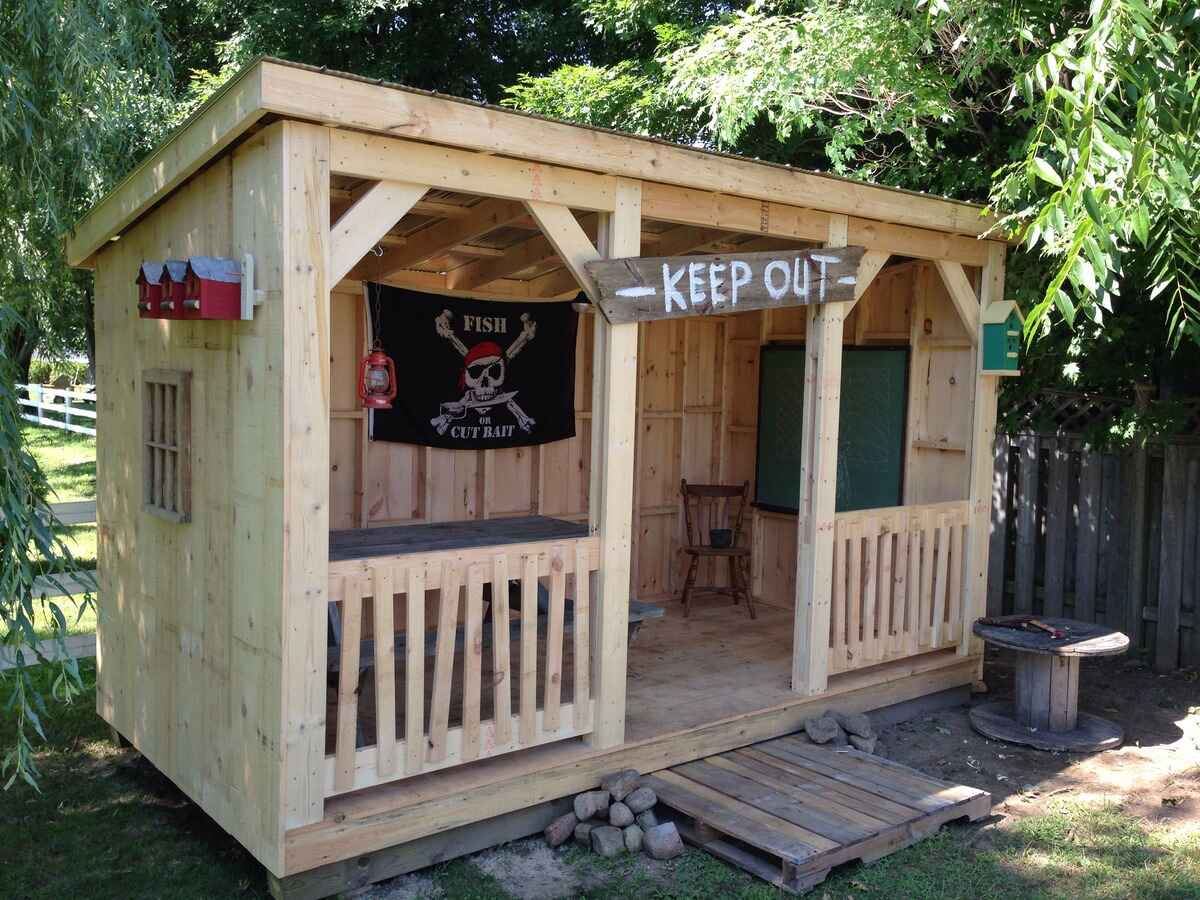Home>Outdoors & Camping>BBQ & Grill>How To Build A Campfire
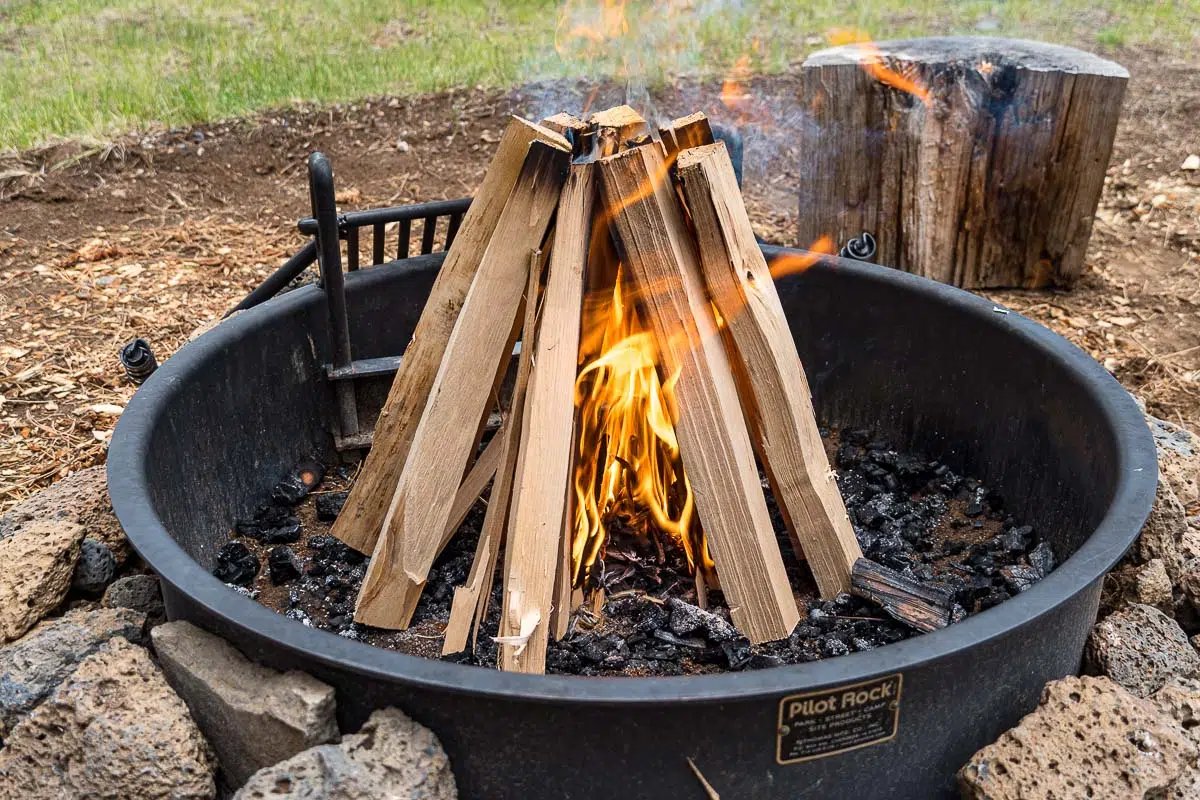

BBQ & Grill
How To Build A Campfire
Published: March 6, 2024

Content Creator for Outdoors & Camping, Sophie turns any yard into a sustainable paradise. Her dedication to DIY outdoor projects and volunteer work in community gardens shares joy and knowledge.
Learn the best techniques for building a campfire for your BBQ and grill adventures. Discover essential tips and tricks for a successful outdoor cooking experience.
(Many of the links in this article redirect to a specific reviewed product. Your purchase of these products through affiliate links helps to generate commission for Twigandthistle.com, at no extra cost. Learn more)
Safety Precautions
Before you start building a campfire, it's crucial to prioritize safety. Follow these essential safety precautions to ensure a safe and enjoyable experience for everyone involved:
-
Check Local Regulations: Before starting a campfire, it's important to check local regulations and guidelines regarding open fires. Some areas may have specific rules or fire bans in place, so be sure to adhere to these regulations to avoid any potential fines or hazards.
-
Clear the Area: Ensure that the campfire site is clear of any flammable materials, such as dry leaves, grass, or overhanging branches. Clear a perimeter of at least 10 feet around the fire site to prevent the spread of flames.
-
Keep Water Nearby: Always have a ready water source, such as a bucket or hose, nearby to extinguish the fire if necessary. In addition to water, a shovel can also be useful for smothering the flames and ensuring the fire is fully extinguished.
-
Monitor Weather Conditions: Check the weather forecast before starting a campfire. Avoid building a fire during windy conditions, as this can cause the flames to spread uncontrollably. Additionally, be mindful of any drought conditions that may increase the risk of wildfires.
-
Supervise the Fire: Never leave a campfire unattended, even for a short period. Assign a responsible adult to supervise the fire at all times and ensure that children and pets are kept at a safe distance.
By following these safety precautions, you can minimize the risk of accidents and enjoy a safe and memorable campfire experience.
Read more: How To Build A Coffin
Choosing the Right Location
Selecting the appropriate location for your campfire is crucial for both safety and enjoyment. Follow these guidelines to choose the right spot:
-
Check for Designated Areas: Many campsites and outdoor recreational areas have designated fire pits or rings. If possible, use these established areas to build your campfire. They are designed to contain the fire and minimize the risk of spreading.
-
Avoid Windy Areas: Choose a location that is sheltered from strong winds. Wind can cause the fire to spread unpredictably and may pose a hazard to nearby vegetation or structures.
-
Look for Level Ground: Opt for a flat, level area to build your campfire. This helps to prevent the fire from spreading unevenly and minimizes the risk of hot embers rolling away.
-
Consider Proximity to Water: If available, choose a location near a natural water source, such as a lake or river. This provides easy access to water for extinguishing the fire and ensures an additional safety measure.
-
Mind Surrounding Vegetation: Be mindful of the surrounding vegetation. Avoid areas with overhanging branches, dry grass, or other flammable materials. Clear the area of any debris that could potentially catch fire.
By carefully selecting the right location for your campfire, you can create a safe and enjoyable environment for everyone to gather around the warmth of the flames.
Gathering Materials
When it comes to building a campfire, gathering the right materials is essential for a successful and long-lasting fire. Here's what you'll need to gather before you start building your campfire:
-
Firewood: Collect a variety of firewood, including tinder, kindling, and larger logs. Tinder consists of small, dry materials such as twigs, dry leaves, or pine needles that ignite easily. Kindling includes slightly larger sticks and branches that will catch fire from the tinder and help build the initial flames. Larger logs will be used to sustain the fire once it is burning steadily.
-
Newspaper or Cardboard: These materials can be used as additional tinder to help start the fire. Crumple the newspaper or cardboard into loose balls to create easily ignitable fire starters.
-
Matches or Lighter: Ensure that you have a reliable source of ignition, such as matches or a lighter, to start the fire. It's a good idea to carry multiple sources of ignition in case one fails.
-
Fire Starter: Consider bringing along a commercial fire starter or homemade fire starters, such as wax-coated pinecones or cotton balls soaked in petroleum jelly. These can help ignite the fire more easily, especially in damp conditions.
-
Fire Pit or Ring: If you're not using a designated fire pit, you may need to create a containment area for the fire. This can be done by arranging rocks or digging a shallow pit to contain the flames.
-
Water Source: Have a bucket of water or a hose nearby to extinguish the fire once you're done. This is a crucial safety measure to ensure the fire is fully extinguished before leaving the site.
By gathering these materials in advance, you'll be well-prepared to build a robust and safe campfire that provides warmth and enjoyment for all involved.
Building the Fire
Now that you've gathered all the necessary materials, it's time to put them to use and build your campfire. Follow these steps to create a well-structured and long-lasting fire:
-
Arrange the Firewood: Start by arranging the tinder in the center of the fire pit. This can include small twigs, dry leaves, or pine needles. Next, layer the kindling over the tinder in a crisscross pattern to allow for airflow. Finally, stack the larger logs over the kindling, leaving enough space between them to ensure proper ventilation.
-
Ignite the Fire: Using matches or a lighter, carefully ignite the tinder in multiple spots to ensure it catches fire evenly. Be cautious and avoid leaning directly over the fire as you ignite it.
-
Nurture the Flames: Once the fire has ignited, gently blow on the base of the flames to provide additional oxygen and encourage the fire to grow. Avoid blowing too forcefully, as this can scatter the embers and disrupt the fire's development.
-
Add More Wood: As the fire grows, gradually add more firewood to sustain the flames. Start with smaller logs and gradually increase the size as the fire becomes more established. Be mindful not to overcrowd the fire, as this can smother the flames.
-
Maintain the Fire: Keep an eye on the fire and make adjustments as needed to maintain a steady burn. Use a long stick or fire poker to shift the logs and ensure they are positioned for optimal burning. Additionally, continue to add more wood as necessary to keep the fire going.
By following these steps, you can build a well-structured campfire that provides warmth, light, and a cozy atmosphere for your outdoor gathering. Remember to always keep safety in mind and never leave the fire unattended.
Maintaining the Fire
Once your campfire is burning steadily, it's important to continue maintaining it to ensure a consistent and safe burn. Here's how to effectively maintain the fire throughout your outdoor experience:
-
Monitor the Flames: Keep a close eye on the flames and embers to ensure they are burning steadily and not spreading beyond the designated fire pit or ring. Watch for any signs of sparks or embers that may drift away from the fire and take necessary precautions to prevent them from igniting nearby materials.
-
Adjust the Logs: Use a long stick or fire poker to carefully adjust the position of the logs within the fire. This helps to maintain airflow and ensures that the fire continues to burn evenly. Avoid moving the logs too aggressively, as this can disrupt the fire and cause embers to scatter.
-
Add Wood as Needed: As the fire burns, continue to add more firewood as needed to sustain the flames. Start with smaller logs and gradually increase the size as the fire grows. Be mindful of the fire's intensity and avoid adding too much wood at once, as this can lead to an uncontrollable blaze.
-
Control the Size: Depending on your needs and the duration of your outdoor gathering, you may need to adjust the size of the fire. If a smaller, more controlled fire is desired, reduce the amount of wood added and allow the flames to diminish gradually. For a larger fire, add additional wood and carefully monitor its development.
-
Extinguish Safely: When you're ready to extinguish the fire, use a long stick or fire poker to spread out the logs and allow them to burn down to embers. Once the flames have subsided, carefully pour water over the embers, ensuring that all the wood is thoroughly soaked. Use the shovel to stir the embers and ash, and continue adding water until the fire is completely extinguished.
By maintaining the fire in a responsible and attentive manner, you can enjoy the warmth and ambiance of a campfire while prioritizing safety and environmental consciousness.

